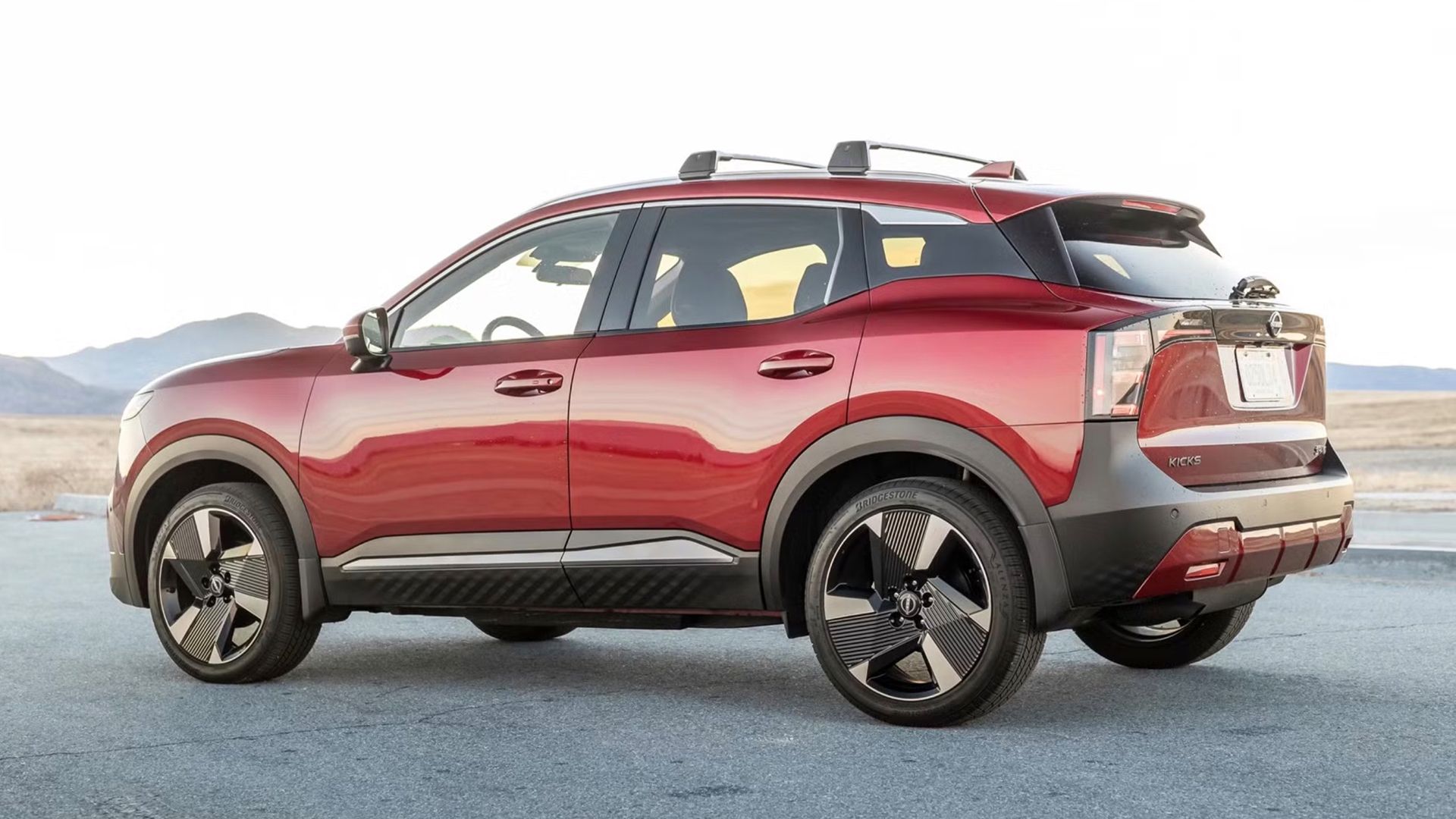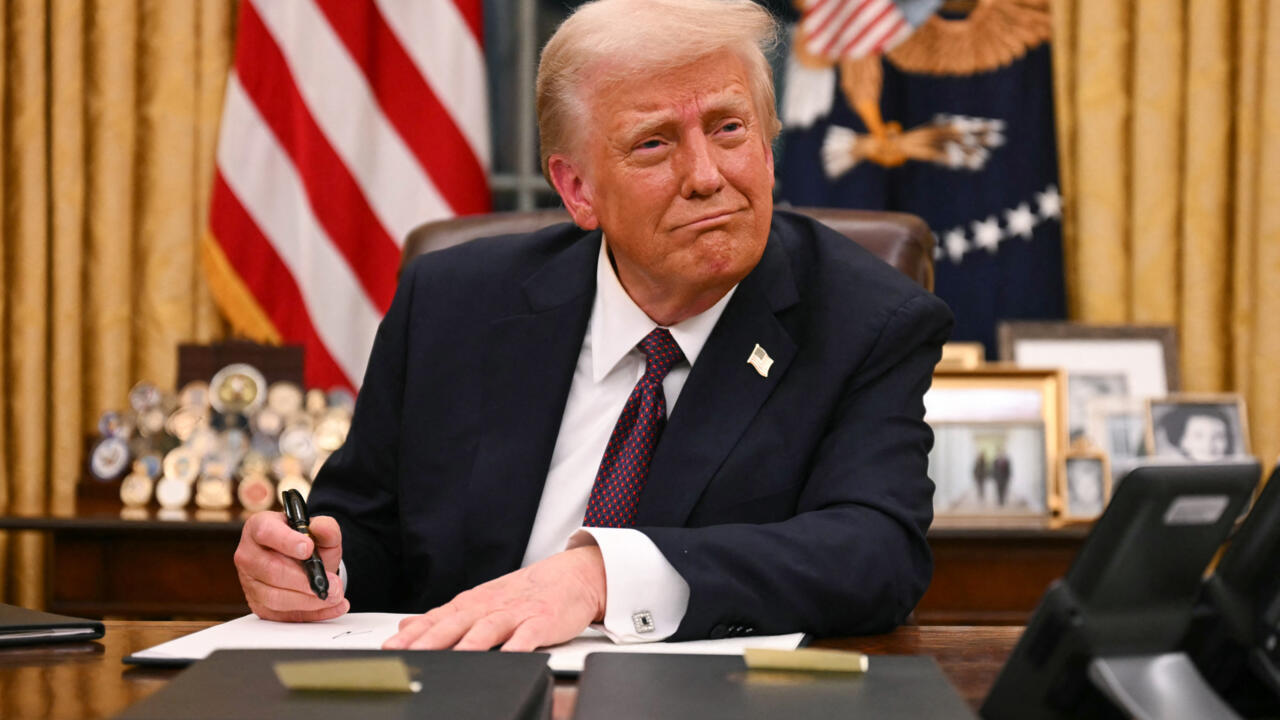Hyundai History: Mediocrity, Triumphs, and Failure
When you think of Hyundai today, you probably picture a global automotive powerhouse—a company that builds everything from affordable commuters to high-end EVs that challenge Tesla. But Hyundai’s road to success was anything but smooth. I’ve studied the brand’s history closely, and it’s a textbook example of ambition, missteps, redemption, and then a monumental fail.
The Views Expressed in this Article Represent the Opinion of Rick Muscoplat
Let’s rewind to 1947, when Chung Ju-yung, a determined industrialist, founded Hyundai as a construction company. Korea was still recovering from war and economic hardship, but as the country industrialized, Hyundai saw an opportunity. The company took the plunge into car manufacturing, though it was initially little more than a glorified assembly line for Ford, assembling the Ford Cortina model. Hyundai didn’t build its own cars yet—it simply assembled kits under license by Ford.
However, by 1976, Hyundai was ready to release its own vehicle. Enter the Hyundai Pony, a car that was anything but groundbreaking. It was a rehash of the British Morris Marina, borrowing heavily from Mitsubishi and Ford parts. The global motoring press laughed it off as a cheap knockoff, and to be honest, they weren’t wrong. However, one market took notice: Canada.
At the time, Canada’s auto market was geared toward big, gas-guzzling American cars, but the 1973 fuel crisis had changed the game. Suddenly, Canadians wanted something small, cheap, and fuel-efficient, and the Pony fit the bill. It sold decently well in Canada, even though it never made it to the U.S. due to failing emissions standards.
The minor success of the Pony gave Hyundai false confidence. Instead of focusing on refining its engineering, the company decided to expand aggressively. It got the rights to manufacture an outdated Mitsubishi Mirage, slapped a Hyundai badge on it, and called it the Excel.
The original Mirage was a reliable, well-built car. But Hyunda was eager to cut costs, so they cut corners at every stage of production. The result? A car that fell apart faster than customers could pay it off. One Hyundai worker, Choi Ok-gon, who assembled the first Excel models, later admitted: “We were so busy putting them together, we didn’t even think about quality.”
The Excel quickly became a global symbol of Korean shoddy craftsmanship. The doors rusted, the engines barely lasted past 50,000 miles, and reliability was a joke. It was so bad that Hyundai had to introduce a 10-year/100,000-mile warranty in the U.S., a desperate move to convince people that their cars wouldn’t disintegrate overnight.
This reputation stuck with Hyundai throughout the 1980s and 1990s. Even as safety regulations became a bigger concern, Hyundai cars were still seen as cheap death traps. The brand nearly collapsed under its own poor quality, and its survival was in serious doubt.
This is where Chung Mong-koo, the founder’s son, stepped in. Unlike his father, Mong-koo wasn’t interested in expansion at all costs. He saw that Hyundai was spiraling and knew that quality had to become the top priority.
His leadership ushered in a new era. Hyundai poured billions into R&D, brought in Japanese engineers, and studied what Toyota and Honda were doing right. It took nearly two decades, but by the 2000s, Hyundai had finally shaken its reputation for being unreliable.
When the 1997 Asian financial crisis hit, Hyundai was forced to split into multiple independent companies, though the Hyundai name remained. This restructuring allowed the automotive division to focus purely on car production rather than being part of a sprawling industrial empire.
And it worked. By the late 2000s, Hyundai and its sister brand Kia were building cars that weren’t just cheap—they were well-made, feature-packed, and competitive. Vehicles like the Hyundai Santa Fe and Kia Sorento proved that Korean automakers could build durable, desirable cars.
Hyundai began installing the Theta II GDI engine in 2011.
Theta Engine
Once again, Hyundai opted to cut corners in machining and cleaning the new engine series. Those shortcuts left metallic debris in the engine that eventually destroyed the engine, leaving consumers in the lurch for the cost of a new engine.
The metallic debris found in Hyundai and Kia engines—particularly in the Theta II GDI engines—was a direct result of defective manufacturing processes and poor quality control at Hyundai’s engine plants.
The root cause of the metallic debris issue can be traced back to Hyundai’s engine production facilities, where key components of the Theta II engine were machined improperly.
When engine blocks, crankshafts, and connecting rods are machined, small bits of metal shavings and burrs are produced as a byproduct. Normally, manufacturers use high-pressure cleaning systems to remove these contaminants before engine assembly. In Hyundai’s case, this step was either ineffective or insufficient, allowing microscopic metal particles to remain inside the engine.
The Theta II engine’s crankshaft journals were improperly machined, leaving rough surfaces and excessive metal debris in the oil passages. This created a twofold problem:
• Residual metal shavings remained in the oiling system, circulating through the engine.
• The rough machining caused excessive bearing wear, leading to more metal contamination over time.
Hyundai used looser-than-ideal tolerances between the connecting rod bearings and crankshaft journals. This led to higher friction, excessive heat generation, and accelerated wear, causing bearing material and more metal particles to flake off into the oil.
Recognizing the huge impact the metallic debris problem could have on them, Hyundai’s first reaction was to deny the problem. Hyundai denied their customer’s engine warranty claims, stating that the customer hadn’t properly maintained their vehicles. The denials came even in cases where customers could prove they had maintained their vehicles according to the recommended maintenance schedule.
Next, Hyundai executives hid internal documents that proved defective machining and cleaning practices caused the problem. The truth emerged when a Hyundai engineer became a whistleblower and disclosed the internal documents.
Then came the class action lawsuits and investigations by the NHTSA. Hyundai reluctantly issued piecemeal recalls, waiting for the affected engines to fail after the 10-year, 100,000-mile warranty had passed. Pressured by the NHTSA, Hyundai issued a limited recall of just 470,000 vehicles in 2015, even though the problem affected millions of vehicles.
Finally, the lawsuits and Government action forced Hyundai to admit the scale of the problem. But again, only after they were backed into a corner and faced with the internal documents produced by the whistleblower engineer.
Hyundai and Kia vehicles manufactured between 2011 and 2022 have been plagued by a significant theft problem, with theft rates nearly doubling compared to other auto brands. The issue stems from these models lacking engine immobilizers, even though an immobilizer system is required by law in the U.S.
The lack of an immobilizer makes it easy for Hyundai and Kia vehicles to steal using just a screwdriver and a USB cable. The hack works on vehicles with a keyed ignition system but does not work on push-button start models. This vulnerability was exacerbated by social media trends, particularly the “Kia Challenge” on TikTok, which demonstrated how to steal these cars.
Hyundai’s response was slow and amateurish, starting with providing steering wheel locks to customers who requested them. It later released anti-theft software updates in early 2023, which have proven effective in reducing thefts. Vehicles with the upgrade saw a 53% lower theft claim frequency compared to those without it.
However, as of December 2023, only about 30% of eligible vehicles had received the update. The theft problem has led to insurance issues for Hyundai and Kia owners. Several major insurers, including State Farm, Progressive, and Allstate, have . Existing policyholders are facing higher premiums, and some are struggling to find coverage at all. Even with the software updates, theft rates for these vehicles remain higher than industry norms, causing ongoing insurance challenges for owners.
I’m writing this in early 2025, and the Hyundai engine recall is still in full gear. Hyundai will replace your engine if you can produce receipts for all oil changes. It has become a leader in EV production.
This story proves that success in the car industry is fleeting. Today, Hyundai faces brand humiliation for its engine debacle as well as declining profits (down 5.9% in 2024 despite an increase in sales of EV vehicles). This is occurring just as China’s auto industry is exploding and taking aim at the EV market, the only area where Hyundai is showing gains.
Chinese brands, backed by massive government subsidies, are producing cars that are cheaper and just as feature-loaded as Hyundai’s models.
The key to Hyundai’s future lies in whether they can restore their image for long-term reliability. The engine issues aside, even though Hyundai has dramatically improved its engineering and manufacturing over the years, it’s still not at Toyota’s or Honda’s reliability level. If Hyundai wants to secure its future, it needs to prove that its cars won’t just last the length of a warranty—they’ll last at least as long as a Toyota or Honda.
Hyundai’s journey from a laughingstock to a global automotive powerhouse and back to a laughing stock is one of the most fascinating stories in the industry. It made every mistake imaginable—rushed expansion, poor quality control, and even a few outright disasters like the Excel. It got up, brushed itself off, remade itself, and then made the same mistakes all over again. Hyundai has a short memory and has proven that, while it learns from its mistakes, it then forgets and repeats the mistakes again.
This article is an opinion piece of Rick Muscoplat
©, Rick Muscoplat
Posted on by Rick Muscoplat









